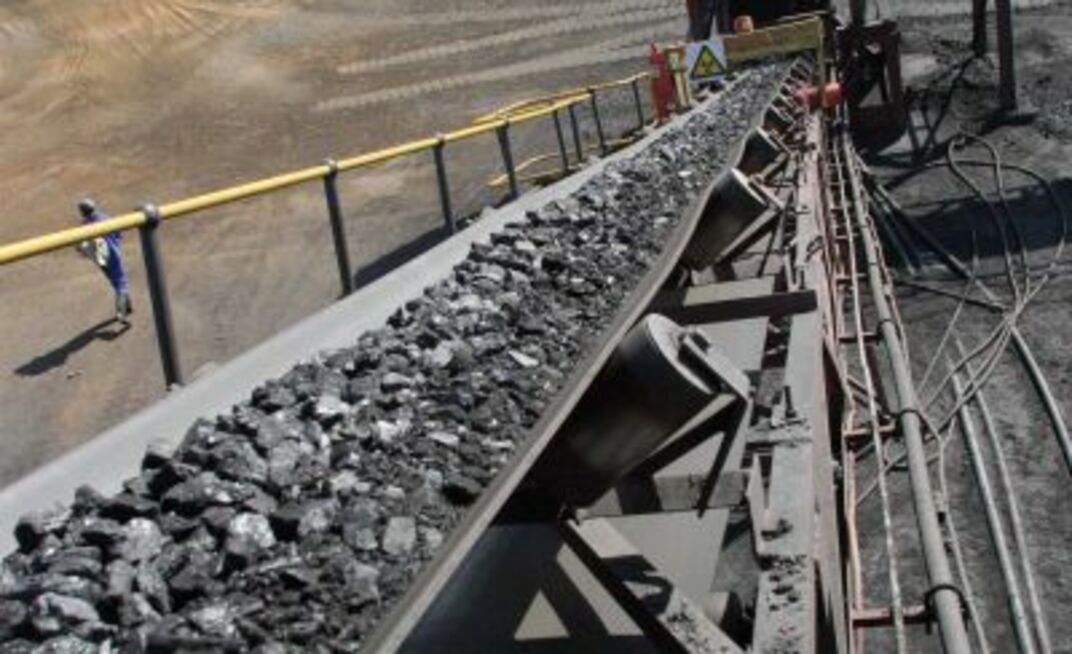Published in March 2008 Australian Longwall Magazine
These fundamentals, along with treating your conveyor as a system rather than a set of components, are key, according to Hatch materials handling consultant Steve Davis.
Davis said operations really need to understand the cause of any downtime.
"Don't blame conveyors for downtime caused by something else, but also don't look for something else when the conveyor is definitely at fault. You will often find a fair amount of transferred responsibility when there is downtime when under pressure – somebody mistakenly identifies the symptoms and as a result, they don't always look at the cause. "Application of a band-aid solution can become a recurring fix. Chasing the wrong cause is costly and time consuming."
To get to the bottom of any downtime Davis said the problem needs to be pulled to pieces to identify the root cause. Part of that is keeping good records of downtime and in particular, the operating conditions prior to any failure. That way lost time for each cause can be assessed and corrective action can be taken.
Well designed conveyors are by nature reliable – according to Davis operations should expect 97-98% reliability – and downtime is usually caused by something external or something intrinsic to the system design or operation, not by the conveyor itself.
External problems may include a piece of steel cutting the belt, a splice coming undone because it has been poorly manufactured, or damage through spillage. Build-up underneath a conveyor can cause serious damage – even fires. Cleaning spillage wastes time and manpower.
Design problems may include incorrect drive and control parameters which cause unnecessary trip outs. Mismatched feed or discharge rates and overloading are also issues that some operations can encounter.
To increase productivity, operations should treat conveyors "more like a single machine rather than a set of components, which seems to be the typical way we approach conveyors," Davis said. "Conveyors only work well if everything is working well so you shouldn't focus on one part of it."
While belt cleaning is essential, maintaining the cleaners is more important. "We put cleaners in then we don't maintain the cleaners, and consequently they don't work very well. We then blame the cleaners."
Maintenance is also about being proactive rather than reactive. "Many operations tend to fix things when they break rather than fixing them before they are broken. Conveyors are reliable, forgiving and consequently, can be forgotten,” Davis said.
"Good monitoring and the use of one of the computer programs that are available allow predictive maintenance. If you keep and monitor records, realise how long things last and plan to replace them before they fail – you will get more out of your conveyor.
"Unfortunately conveyors are generally very reliable so they don't get much attention until they break."
Davis said quantum leaps had been made in conveyors over the past 10-15 years, including a better understand of materials used in belt conveyors.
Selection of the materials, particularly materials for the belts, he said, is much more specific with operations able to pick a belt configuration for the duty it is going to be used for, rather than buying a standard belt.
He said the market had also benefited from better balanced, quieter idlers; better cleaning systems; better monitoring systems and improved chute design – all of which place less stress on the conveyor belt and extend life.
The next step, Davis said, could be in the types of conveyors used. He said traditionally there has been some resistance to trying different types of conveyors in the industry.
Customarily, coal operations use troughing conveyor belts, and there are some impressive installations of this type.
Davis said there are a variety of different types of conveyors around that are suited to the types of tonnage coal in coal operations that offer benefits for specific applications.
Some of the options include pipe and pouch conveyors, where the conveyor is fully enclosed and can accommodate curves and gradients, and conveyors for higher conveying angles and aerial rope conveyors, which are raised in the air.
Davis this year is running Conveying, Stockpiling, Reclaiming & Storage courses in Perth (April 7-9) and Brisbane (November 17-19) through IIR Executive Development.

























